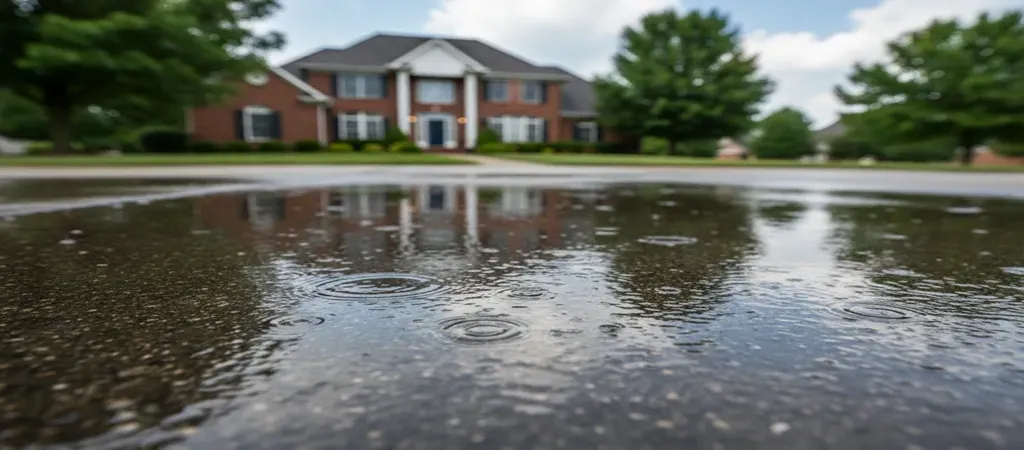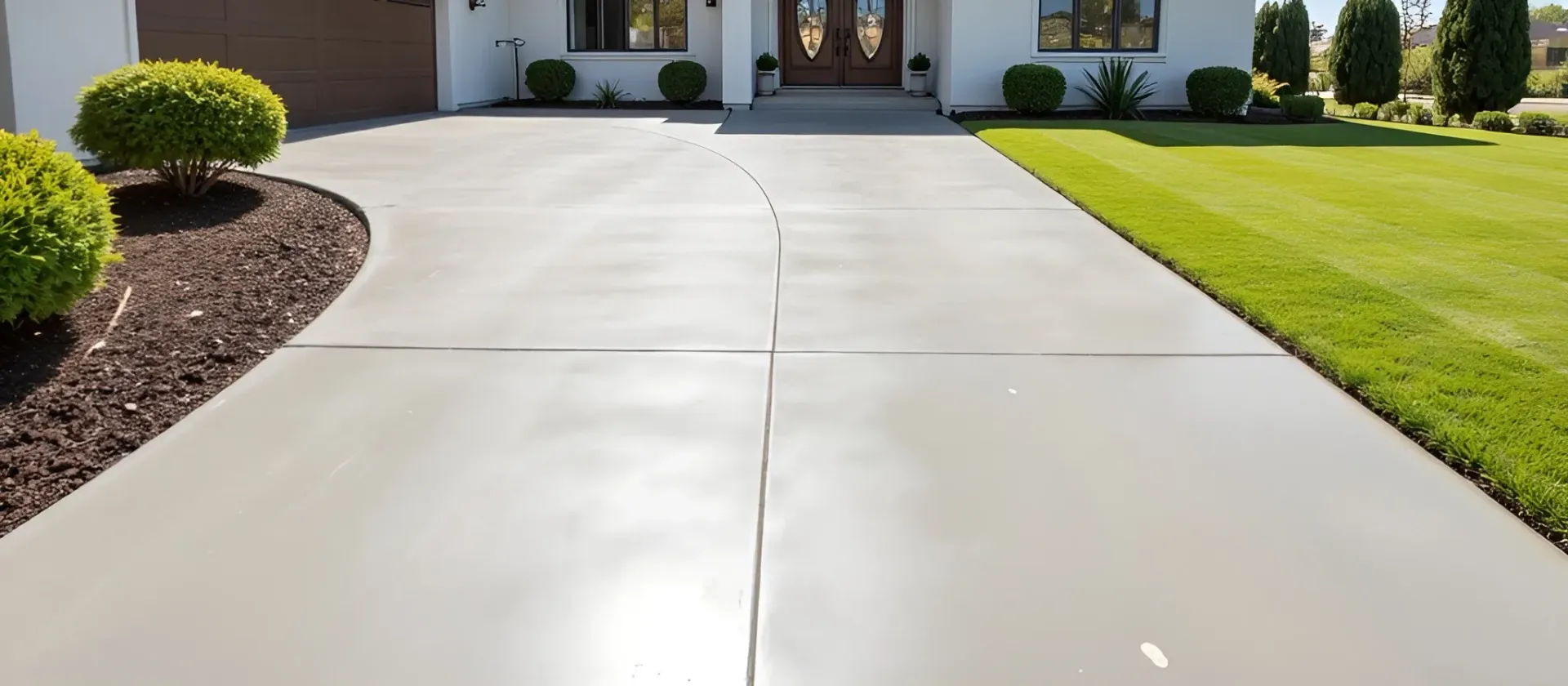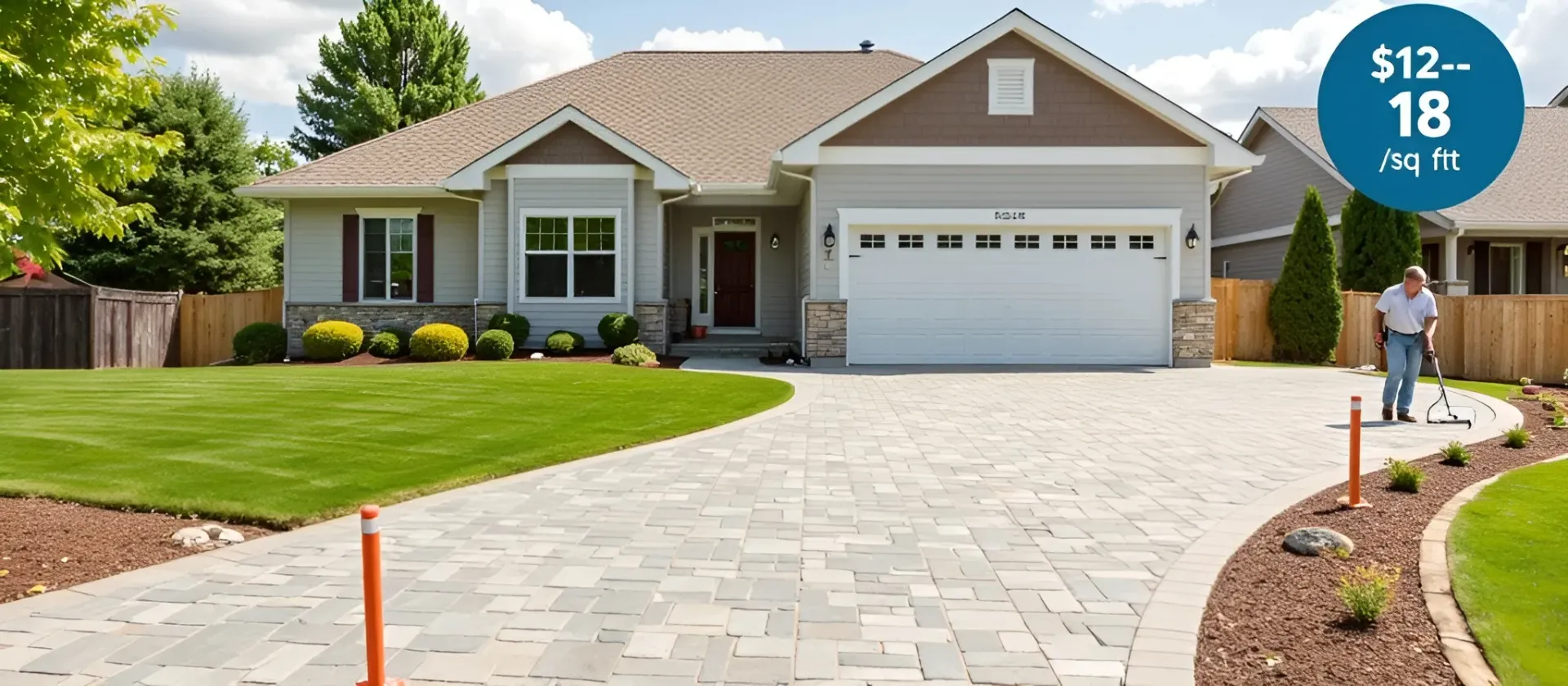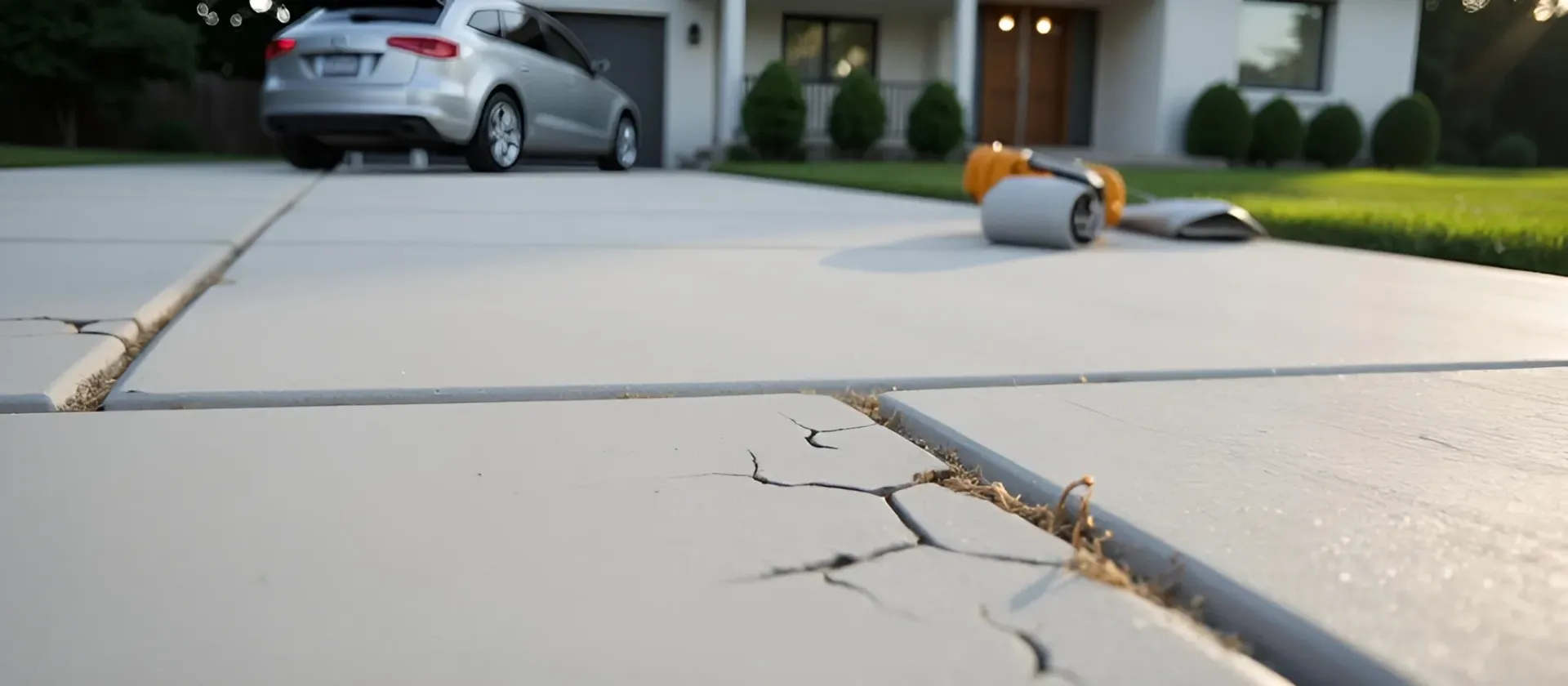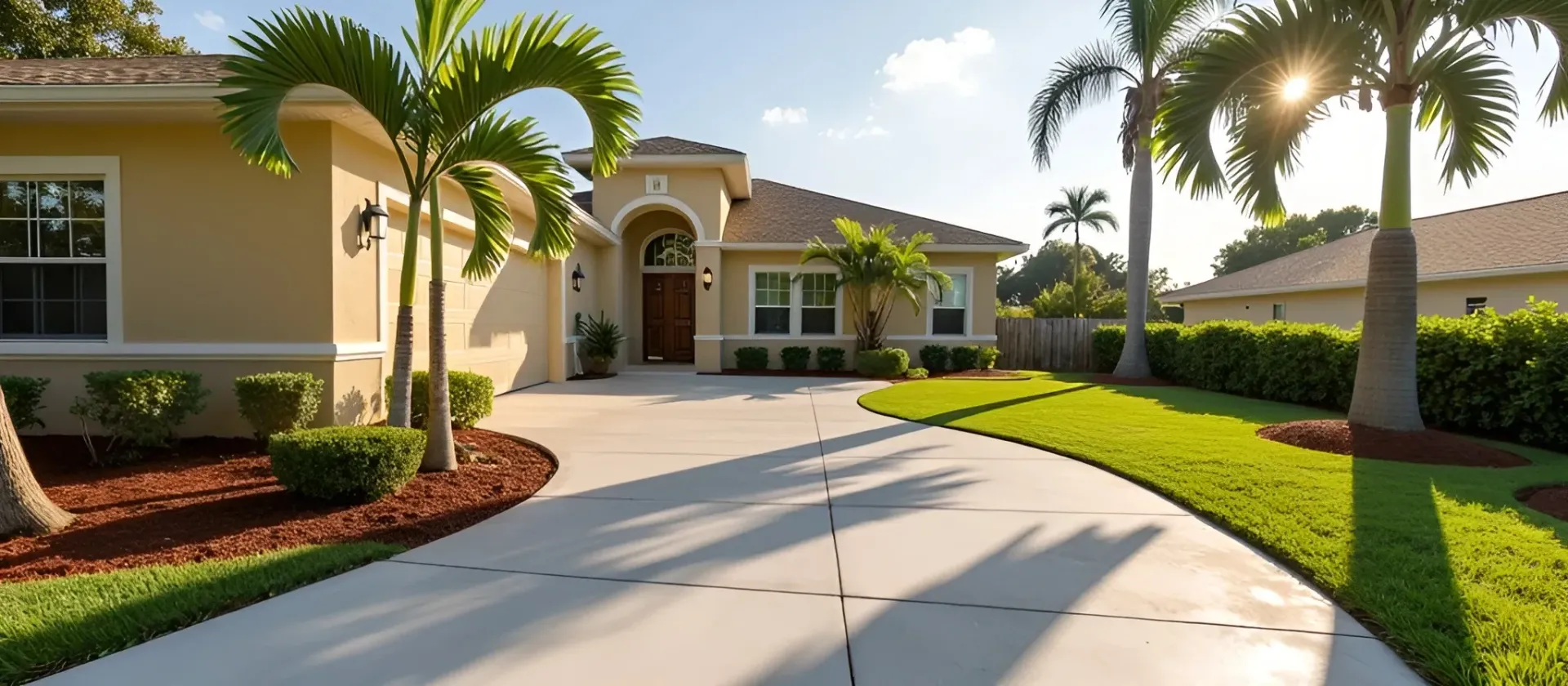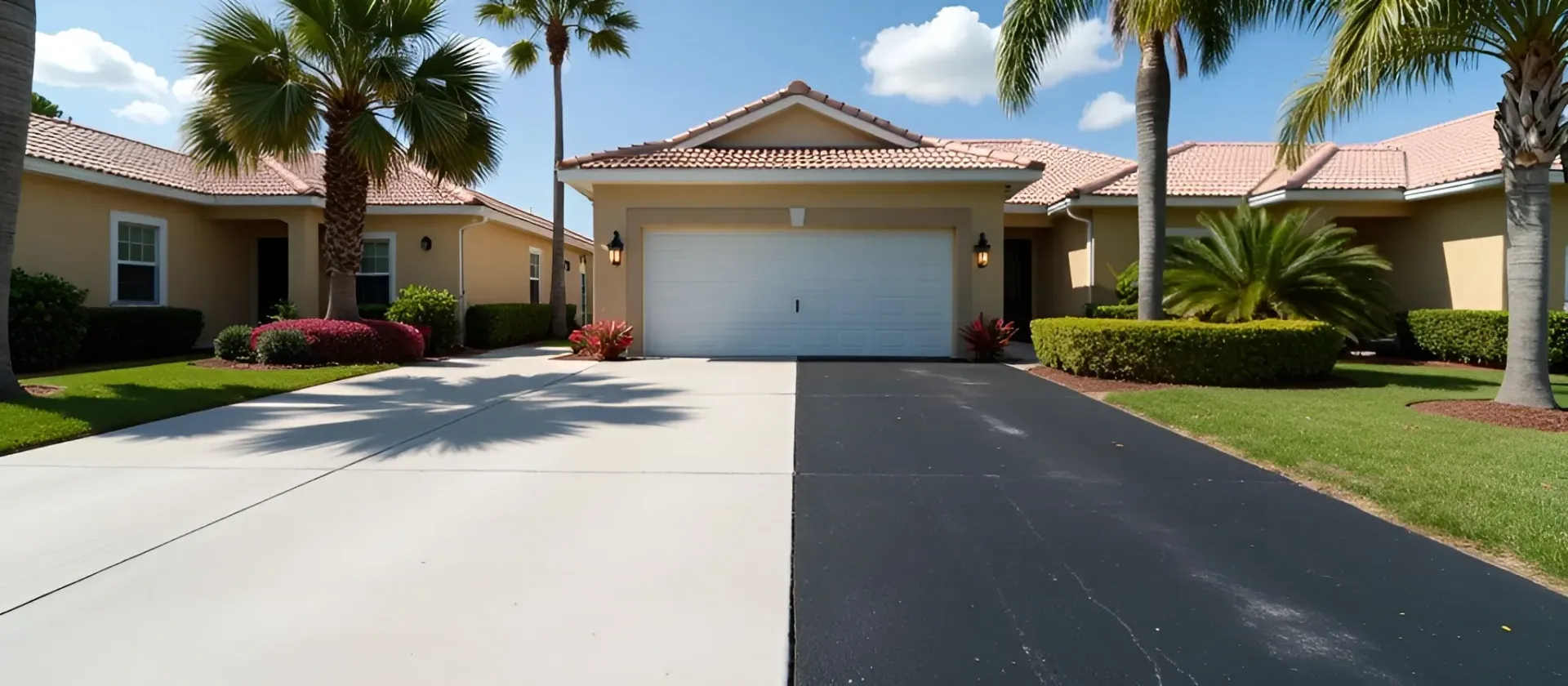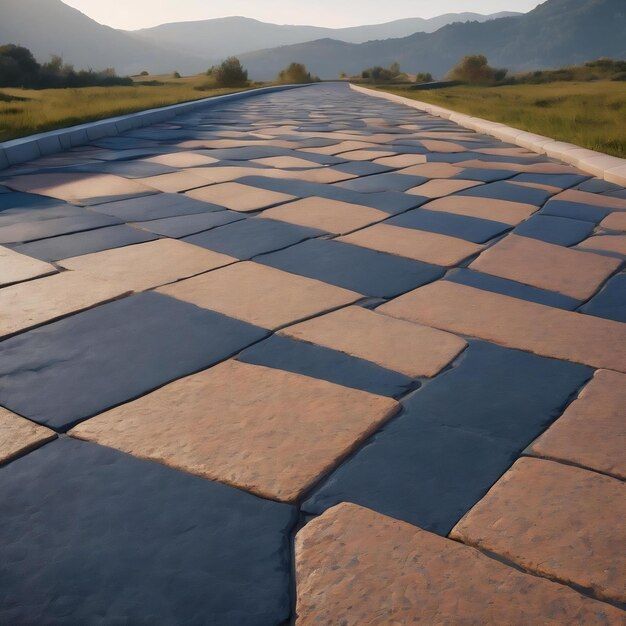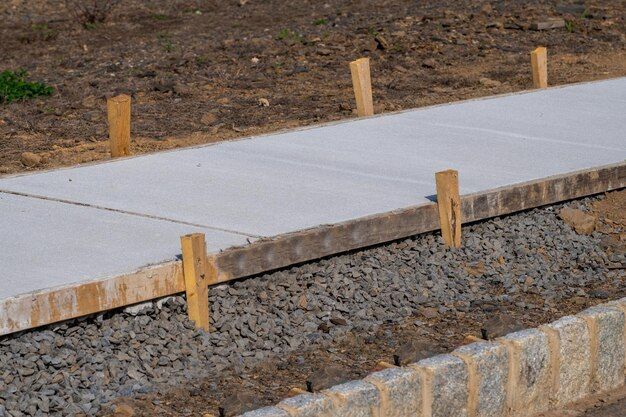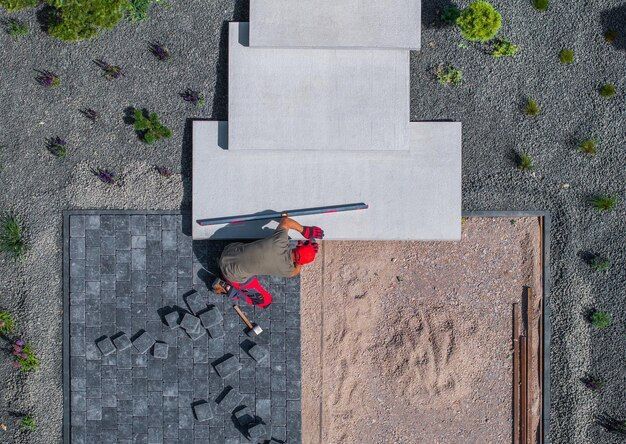How Joint Placement Prevents Cracking in Concrete Driveways
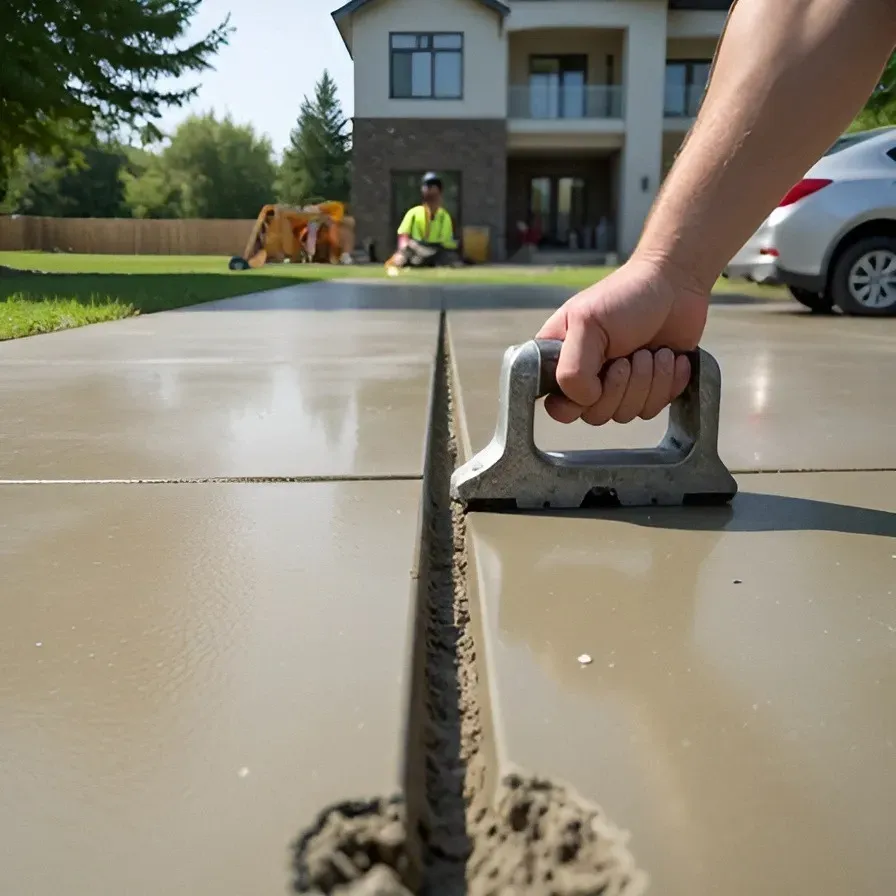
Ever walked out to your driveway, ready to conquer the day, only to be ambushed by a crack staring up at you? It's your concrete’s way of saying, “Hey, I’m stressed!”
Concrete is strong. But it doesn't like being stretched and compressed. Plus, it hates being surprised by a change in weather. So, what does it do? It cracks. And not in a cute, character-giving kind of way. In a way that ruins your curb appeal and possibly your mood.
But here's the silver lining: concrete joint placement. It’s not just some builder's buzzword. It’s the MVP in keeping concrete slabs from turning into jigsaw puzzles.
Let’s break it down.
Why Does Concrete Crack Anyway?
Concrete is a mix of water, cement, sand, and gravel—a pretty reliable team, until the elements show up. When concrete dries (a process called curing), it shrinks. And when the weather gets hot or cold, it expands or contracts. Now imagine this rigid material constantly shifting but with nowhere to go. Cracks become inevitable.
If we don't plan for this movement, the concrete will create its own plan, and that usually means those random, ugly cracks across your otherwise perfect driveway.
Concrete Joint Placement: The Secret Weapon
This is where concrete joint placement swoops in like a superhero with a blueprint. Joints are intentional breaks or grooves added to concrete slabs. They're designed to give the concrete a place to crack. But in a controlled way.
Think of it like telling your concrete, “Hey, if you’re gonna freak out, do it right here and not all over the place.”
By giving concrete a “stress relief valve,” joint placement ensures that cracks happen in neat, straight lines that don’t harm the strength or appearance of the slab.
Benefits That Go Beyond the Surface
Let’s be real, concrete joints don’t get the spotlight they deserve. But they should! Because when done right, they protect your driveway like a pro. Here’s why joint placement is a game-changer:
1. It Keeps Cracks Where They Belong
First and foremost: controlled cracking.
Instead of chaotic, jagged lines popping up out of nowhere, concrete joint placement guides any inevitable cracking to occur inside the joints. These joints are either barely noticeable or designed to blend in with the surface pattern. So yes, the concrete might still crack, but it’ll crack where it’s supposed to. Neat and tidy.
2. It Adds Years to Your Driveway’s Life
Cracks aren’t just cosmetic. They let in moisture and dirt over time. This causes the slab to deteriorate and shift. That’s when things get expensive.
Strategically placed joints reduce the internal stress within the concrete, which helps maintain its strength. That means a longer-lasting driveway that holds up against weather, cars, and time. Learn more about how to prevent damage and extend the life of your Tampa concrete driveway.
3. It Keeps Your Wallet Happy
Let’s face it, repairs are no fun and definitely not cheap. Patching cracks, sealing joints, or worse—replacing sections of the driveway—can add up fast.
By adding joints during the initial pour, you’re essentially doing preventive maintenance. And guess what? That’s way more affordable than fixing issues down the line.
4. It Makes Your Driveway Look Sharp
Yes, concrete can be stylish. A driveway with clean, intentional joint lines looks polished and well-built. Compare that to one riddled with random cracks, it’s like comparing a well-ironed suit to a wrinkled shirt.
You can even use decorative jointing to create patterns or tile-like effects, combining function with form. So not only do joints protect your concrete, they also elevate the look of your property. Check out styles and finishes for Tampa concrete driveways to see how joints enhance aesthetics.
5. It Handles Mother Nature Like a Pro
From blazing hot summers to freezing cold winters, weather plays a huge role in concrete behavior.
Well-placed joints act like shock absorbers. They allow your driveway to “breathe” with the changing seasons. Instead of breaking under pressure, the slab can flex just enough to stay intact.
This is especially important in regions that get heavy rain and high heat. So, whether you're in Tampa or Boston, joints matter. For insight on climate challenges, see how UV exposure affects concrete driveways in Tampa.
6. It Keeps Other Structures Safe
Your driveway doesn’t exist in isolation. It connects to your garage, sidewalks, patios, and sometimes your foundation. Without concrete joint placement, movements in your driveway could transfer to those nearby structures, causing additional cracks or damage.
Isolation and expansion joints help prevent that. They allow the driveway to move independently without dragging everything else along for the ride. Learn about standards for installing a concrete driveway to ensure your whole setup stays intact.
7. It Protects Against Daily Wear and Tear
Driveways get a lot of action. Cars roll in and out. Kids play basketball. Rainwater flows over the surface. Over time, all of that takes a toll.
But joint placement takes the hit, absorbing and distributing stress so your concrete doesn’t have to. It’s like giving your driveway a built-in stress management system. Concrete therapy, anyone?
Best Practices for Concrete Joint Placement (Because It Matters How You Do It)
Okay, so we agree joints are essential. But how do you make sure they’re doing their job?
Here are some expert-backed tips:
- Spacing: A good rule of thumb is to place joints at 2 to 3 times the slab thickness in feet. So for a 4-inch-thick driveway, space joints about 8 to 12 feet apart.
- Depth: Joints should be cut at least ¼ of the slab’s total thickness to work effectively.
- Timing: Timing is critical. If you're saw-cutting joints, do it within 6 to 18 hours after the pour before random cracks show up.
- Pattern Planning: Keep joint patterns square or rectangular. Avoid awkward shapes like Ls or curves unless they’re professionally designed.
Wrapping It Up
No doubt, concrete is tough. But it’s not invincible. Without proper concrete joint placement, it will crack wherever and whenever it pleases.
With a little planning—and a whole lot of smart jointing—you can have a driveway that looks great, lasts long, and keeps stress (for both you and the concrete) at a minimum.
So next time you're pouring concrete, remember this: concrete joint placement isn’t just technical. It’s essential. It's the difference between a driveway that just exists and one that endures.
Pro Tip: When hiring a contractor, ask how they handle concrete joint placement. If they say, “Oh, we don’t worry about that,” run. Fast.
Want a crack-free driveway that lasts? It all starts with smart joint placement. Give your concrete the breathing room it needs, and you’ll thank yourself for years to come.
